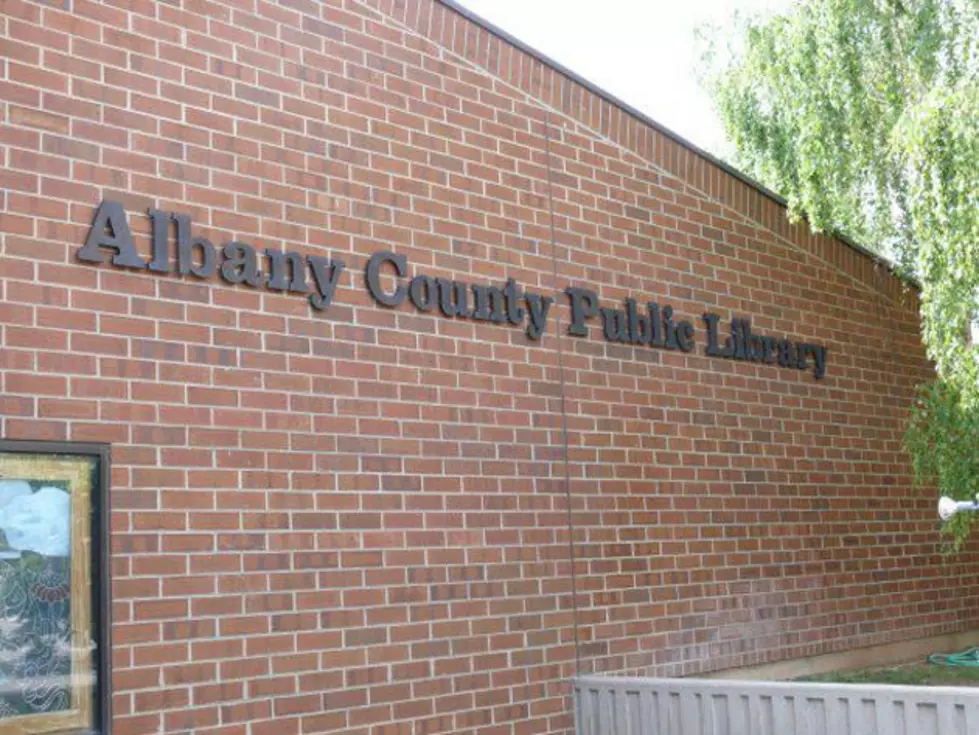
That’s a CAPP: Laramie’s Groundwater Protection Plan Finalized
After almost two years of work, the City and the County devised a plan both parties agreed upon to protect Laramie’s drinking water. The Casper Aquifer Protection Plan (CAPP) is the first phase of overhauling protections and regulations of the main water source for Laramie.

Laramie City Planning Manager Derek Teini discussed the amount of time and effort that went into the process for both the City and the County. “It is the culmination of a really long process. We can’t just write these. We involve the public; we talk to property owners. Have multiple meetings with our elected officials. Twice as many bodies.”
While some of the public is worried about future development regulations changing and potential government overreach, Teini states that is not the case. The plan illustrates how the County and City have always had the same idea: “The City of Laramie and the County have both recognized that this resource is a valuable resource to protect. The goal is ultimately resource protection, water protection. Most people in the community want to see some sort of protection for this water resource.”
Groundwater Protection Doesn't Mean Developmental Disruption
It will impact development in the future when regulations are overhauled in the next phase of the CAPP. Teini stressed both the City and County are conscientious of the impact regulations have on development plans, and yet there is always a path forward for plans.
“Information is what drives development. It has yet to kill a project in the city. It’s a misconception that it has. When those applications come into our office–we’ve always got to a point where that plan can move forward. Projects that have had to do things differently, things they didn’t expect. But, we have tons and tons of examples of successful development.”
On the City side, the development will be impacted by “stormwater management in the aquifer because we have parking lots and paved streets, so we’ll be addressing those in the regulations. It will affect design information related to utilities, like water and sewer,” Teini said.
On the County side, the biggest impact will be septic systems. County Planner David Gertsch said, “The worry is future development. As you put more and more development over the aquifer, there’s obviously a greater density of septic systems that can provide contamination.”
From a property standpoint, Gertsch is confident regulations won’t negatively affect residents. “Honestly, our regulations now limit subdivisions to 35 acres per parcel which are pretty big lots and takes care of a lot of contamination issues because it’ll be diluted at that point.”
To mitigate future aquifer contamination, though, Gertsch said the County is doing its research. “The plan looks at treatment units. It contemplates using advanced treatment units; they do some additional treatment. They’ll have a septic tank like normal, but have another tank with additional filters to help with the denitrification process before it leeches into the ground and could eventually make it into the aquifer.”
The biggest factor in septic regulation changes is cost; Gertsch said in moving forward with any regulations, the County would look into grant funds for current landowners to upgrade, and for future development, the land owner would be responsible for any regulatory obligations just as they are currently for both City and County developers.
“Over the last 30 years, knowledge of how important this resource is to us. We want to make sure it’s there for not only us but our kids and future generations. And also that bigger picture that water in the west is going to drive success and failure of communities,” Teini added.
10 Tips to Keep Cool During Wyoming Summers
More From Laramie Live








![[VIDEO] Laramie Cops Deliver Christmas Joy to Gem City Kids](http://townsquare.media/site/245/files/2023/12/attachment-shop-with-a-cop-1.jpg?w=980&q=75)
